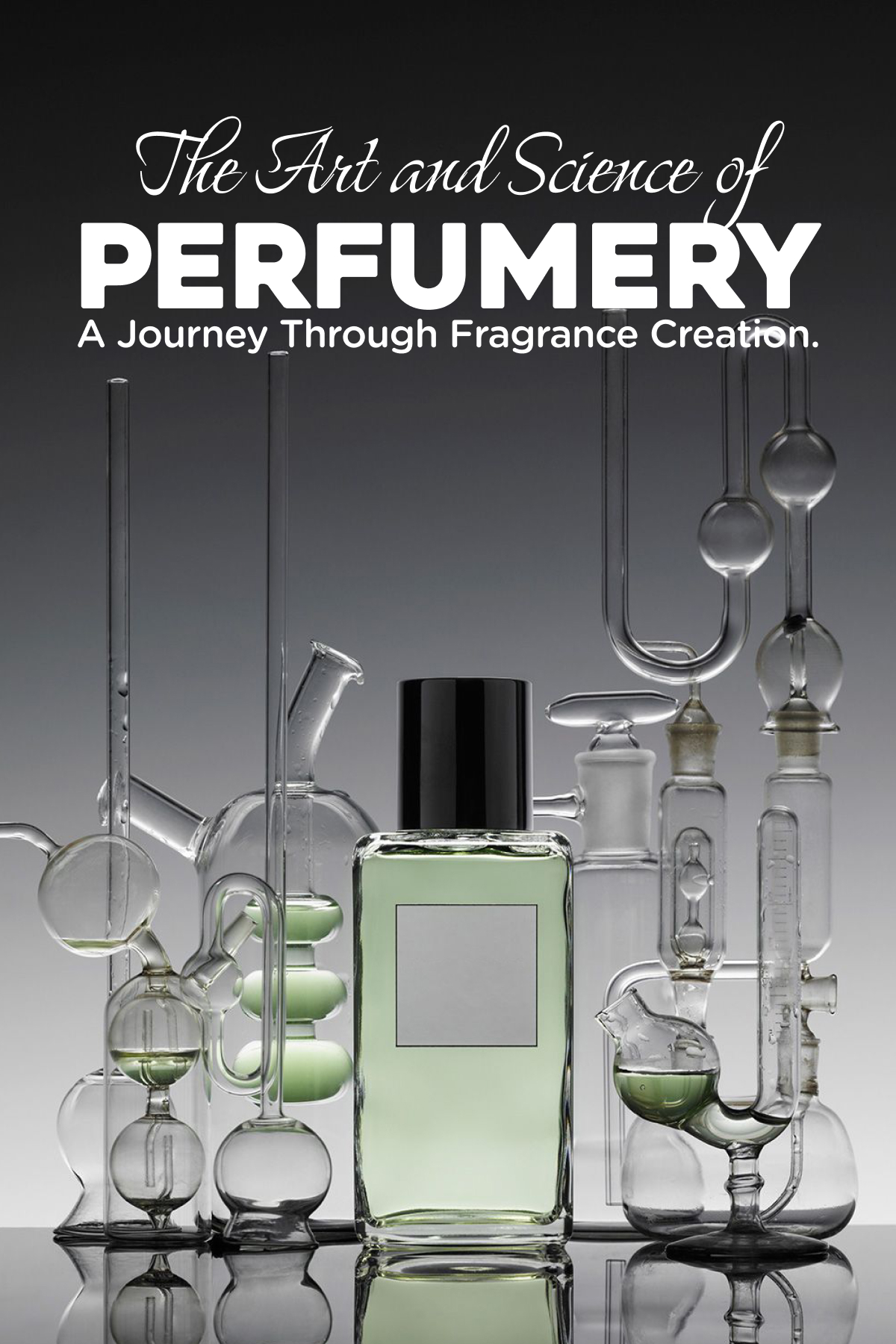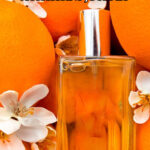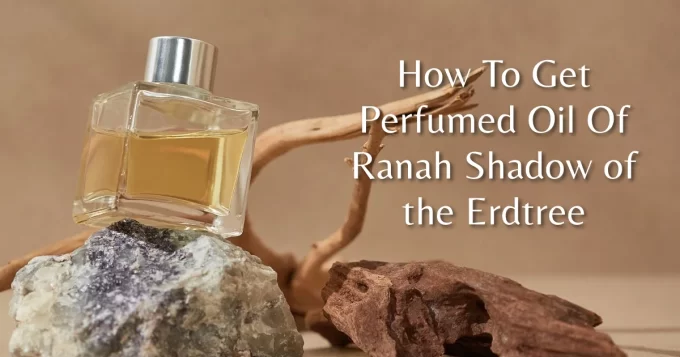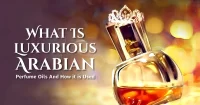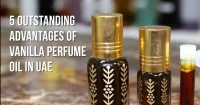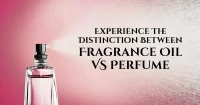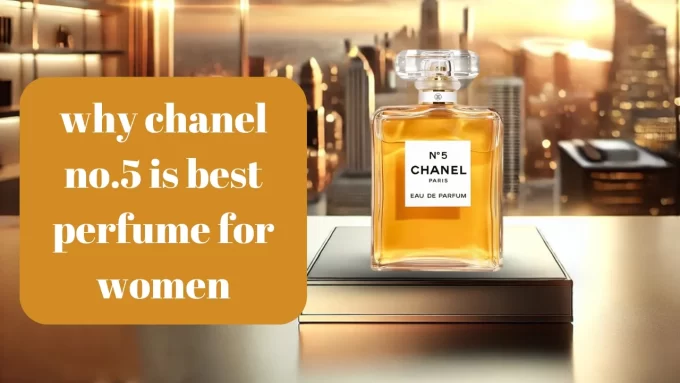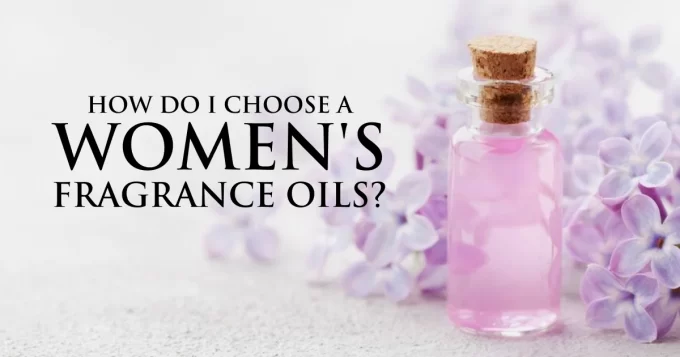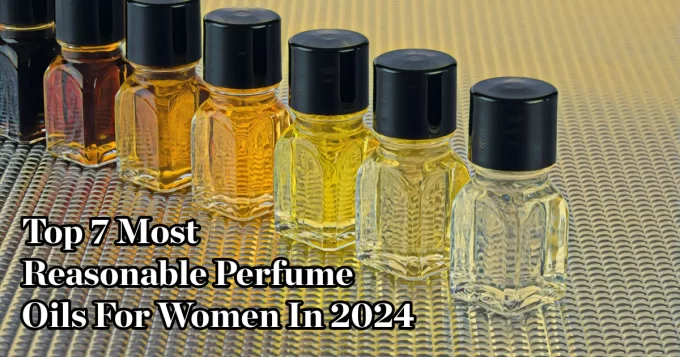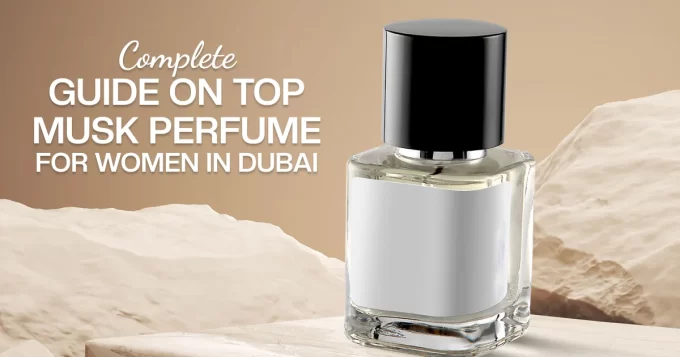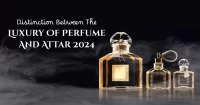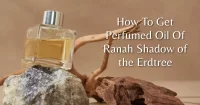Perfumery is an ancient and interesting art form that blends imagination, chemistry, and workmanship to produce the lovely scents we wear and enjoy.
From the opulent perfumes of ancient civilizations to the complex, intricate smells of today, the field of perfumery has evolved dramatically, yet its core remains anchored in the perennial ambition to capture and express emotions, memories, and identities through scent.
This blog will look into the history of perfumery, the science underlying fragrance creation, and the artistry involved in creating perfumes that pique the senses.
History of Perfumery: A Timeless Tradition.
Perfumery has a long and fascinating history that extends back thousands of years. Ancient cultures such as the Egyptians, Persians, and Romans were among the first to create and employ perfumes for religious rites, personal adornment, and even medical uses.
Perfumery was regarded as a sacred skill in ancient Egypt, with perfumes being employed in temples and during mummification. The Egyptians also pioneered the extraction of essential oils from flowers, herbs, and spices, paving the way for contemporary perfumery processes.
During the Middle Ages, perfumery extended over the Mediterranean and into Europe, being intimately associated with royal and noble courts. Perfumery thrived in France throughout the Renaissance, with Grasse emerging as a scent production hub.
Today, while high-end fragrances are still revered, there is also a growing interest in cheap chypre perfumes, which offer the same rich, mossy and citrusy characteristics of classic chypre scents at a more affordable price, making them accessible to a broader audience.
Grasse, dubbed the “Perfume Capital of the World,” is still a perfume industry hotspot today, producing many of the essential oils and absolutes used in high-end fragrances.
Perfumery Science: The Chemistry of Scent.
Perfumery is more than simply an art; it is a science that requires a thorough understanding of chemistry. At its foundation, perfumery is about crafting harmonious mixes of aromatic molecules that appeal to the senses. These molecules, known as fragrance notes, are carefully chosen and mixed to provide a harmonious and diverse aroma signature.
Fragrance Notes & Structure:
Perfumes normally consist of three layers of fragrance notes: top, middle, and base.
Top Notes: These are the first odors you detect when you apply a perfume. They are often bright, fresh, and volatile, dissipating swiftly to make space for the middle notes. Citrus, herbs, and mild flowers are among the most common top notes.
Middle Notes (Heart Notes): These are the core of the perfume and appear after the top notes have faded. Middle notes are often flowery, fruity, or spicy, adding character and depth to the aroma.
Base Notes: The base notes are the perfume’s basis, remaining on the skin for hours after application. They are usually rich, warm, and long-lasting, with ingredients like musk, amber, vanilla, and woody undertones.
The process of making perfume is selecting and harmonizing various elements to produce a harmonious and appealing aroma. Perfumers, sometimes known as “noses,” use their comprehensive understanding of aromatic ingredients and olfactory abilities to create perfumes that elicit specific emotions or convey a specific story.
Synthetic versus Natural Ingredients:
Modern perfumery uses both natural and synthetic chemicals. Essential oils and absolutes are natural compounds made from plants, flowers, and resins. These materials are valued for their complexity and originality, but they can be pricey and vary in quality depending on factors such as climate and harvest conditions.
Synthetic chemicals, on the other hand, are developed in laboratories and provide perfumers with more consistency as well as the potential to produce aromas that are difficult or impossible to obtain from natural sources. Many modern perfumes blend natural and synthetic elements to strike a compromise between quality, longevity, and cost-effectiveness.
The Art of Perfumery: Creating a Signature Scent
Making perfume is an artistic procedure that demands a good sense of smell, imagination, and a thorough understanding of the ingredients. Perfumers frequently spend years practicing and honing their art, learning to identify and manipulate hundreds of various smell notes.
Inspiration & Concept:
Every scent starts with an inspiration or a notion. This could refer to a specific memory, feeling, location, or even a person. Perfumers frequently draw inspiration from nature, art, music, and personal experiences. The inspiration acts as the fragrance’s driving theme, influencing both ingredient selection and overall composition.
The Creative Process:
Once the concept is defined, the perfumer begins picking scent notes and developing the formula. This entails combining small amounts of various aromatic substances and examining the results to determine how the notes interact and evolve with time.
To create a fragrance that is balanced and harmonious, the proportions and interactions between the notes must be carefully considered. A perfumer may go through dozens, if not hundreds, of iterations before settling on the final formula. After the formula is completed, the perfume is stability tested to verify that it retains its intended aroma throughout time.
Bottles and Packaging:
The presentation of a scent is also an important part of its artistry. The bottle design, packaging, and branding all add to the entire aroma experience. Luxury perfume makers frequently work with renowned designers and artists to produce distinctive and visually appealing bottles that capture the essence of the scent. This attention to detail is especially evident in unique formulations, such as a chypre perfume recipe, where the complexity of the fragrance is mirrored in its stunning presentation.
The Role of Perfumery in Modern Society
Perfumery plays an important role in modern personal grooming, fashion, and culture. Perfumes are used not just to improve physical appearance, but also to communicate personality, elicit emotions, and create memories. A trademark perfume can become an essential part of a person’s identity, creating an indelible impact on others they meet.
Cultural Significance:
Perfumes have cultural importance in many societies. In the Middle East, for example, perfume use is firmly interwoven in daily life and religious rites. Traditional smells like as oud, musk, and rose are highly prized and frequently utilized for personal grooming, hospitality, and religious rites.
Sustainability in perfumery:
As people become increasingly aware of environmental issues, sustainability has become an essential factor in perfumery. Many firms are now concentrating on environmentally friendly practices, such as ethical ingredient sourcing, recyclable packaging, and carbon footprint reduction. This transition to sustainability reflects the fragrance industry’s growing desire for responsible and ethical products.
Conclusion
Perfumery is an intriguing combination of art, science, and culture that has enthralled humanity for ages. From ancient Egyptian rites to modern, opulent fragrances, perfumes continue to play a vital role in our lives, eliciting emotions, memories, and a sense of self.
Perfumery is a sophisticated and painstaking process that demands a thorough understanding of aromatic ingredients, chemistry, and artistry. As the business evolves, the emphasis on sustainability and ethical methods will undoubtedly impact the future of perfumery, ensuring that the art of fragrance production thrives in harmony with nature and society.
Whether you are a fragrance fanatic or simply enjoy the occasional spritz of perfume, learning the art and science of perfumery will help you appreciate the complex world of aromas that surrounds us.


